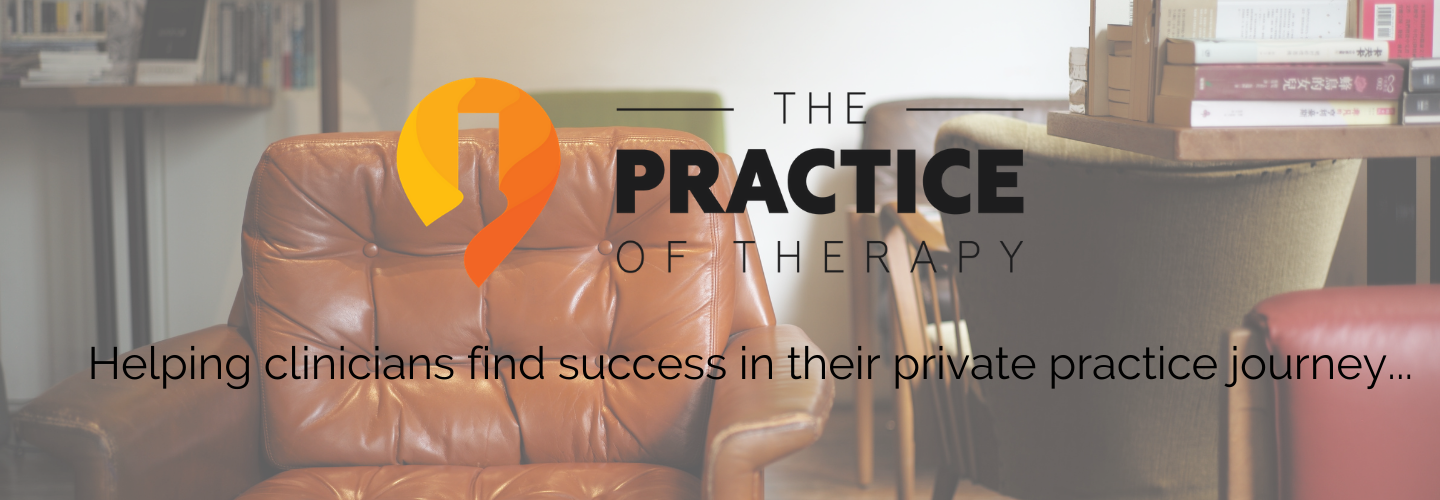In this episode, Gordon discusses some life adjustments he has made lately and some of the things to consider when starting a group practice. Once you start having more clients than your capacity allows, it may be time to start a group practice. Starting a group practice means hiring people to work for and there are two options, employees or contractors. Employees are people who work directly for you; however, there are lots of different expenses to consider. While on the other hand, contractors can have fewer expenses, but you will have little control over how they see their clients.
Group Practice
When Gordon thinks about group practices, usually he sees it done when people reach some growing pains. Typically a practice will be full, and they have maxed out the number of clients they can see in a week as a solo practitioner. Then, they start a waitlist. Once you have more clients than you can actually see that is when you can begin thinking about starting a group practice. Bringing on other counselors is a viable option when you have an overflow of clients. Instead of extending the hours of your day, adding people to your practice will allow you to relieve some of the logistical pressures of running a business.
Contractors
In the contractor model, you have less oversight over what that person does. You can maybe give them a parameter of what to do, but you cannot oversee entirely how they are doing their job. An example and comparison of this is when a person might hire a contractor to do some home improvements. You can explain what you want to be done, but you don’t tell the contractor how they needed to get it done or provide any tools. The upside of having contractors that you do not have as much paperwork to worry about or the different overhead costs.
Compensation
Contractors typically get paid per session they hold. This can be a flat rate that is agreed upon by both parties. For instance, you can charge the client one-hundred dollars per session but agree to pay your contractor fifty dollars for each session completed. Another way to compensate is a fee split. This works particularly well for people on insurance panels. You would pay the person based on the percentage you collect. For example, you can use a fifty/fifty split. However, in different states, there are laws against fee splitting. Remember, you still have to cover your costs as the owner, so it is essential to understand the amount of money needed to keep the business running.
Employees
Check with employment experts in your area about local laws for paying people. Obviously, you will need to meet the minimum wage or paying something close to that with a salary. The other thing to consider around the payment of employees is exempt employees. Exempt employees are professionals and more leeway around how you compensate them. An exempt employee is a salaried employee or paid on a per-case basis. There will be more costs associated with employees in terms of taxes. The employer is expected to pay half of the Medicare and Social Security portion of FICA. Whereas self-employed people pay all of it themselves. Another expense is unemployment insurance. The federal government requires you to pay this cost to have an employee. Because you are helping in other ways besides straight compensation, you can justify paying a lower salary and may save money in the long run.
Resources Mentioned
Download the Private Practice Business Model InfoGraphic for FREE!
Maureen Werrbach – TPOT Episode
Practice Solutions
Money Matters in Private Practice
G Suite For Therapists
[amazon_link asins=’B07G83VFBB’ template=’ProductCarousel’ store=’practiceoftherapy-20′ marketplace=’US’ link_id=’0ad713cc-f0c5-48da-b332-7796c05cf893′]
Meet Gordon Brewer, MEd, LMFT
Gordon is the person behind The Practice of Therapy Podcast & Blog. He is also President and Founder of Kingsport Counseling Associates, PLLC. He is a therapist, consultant, business mentor, trainer and writer. PLEASE Subscribe to The Practice of Therapy Podcast on iTunes, Stitcher and Google Play. Follow us on Instagram Twitter @therapistlearn and Pinterest “Like” us on Facebook.


